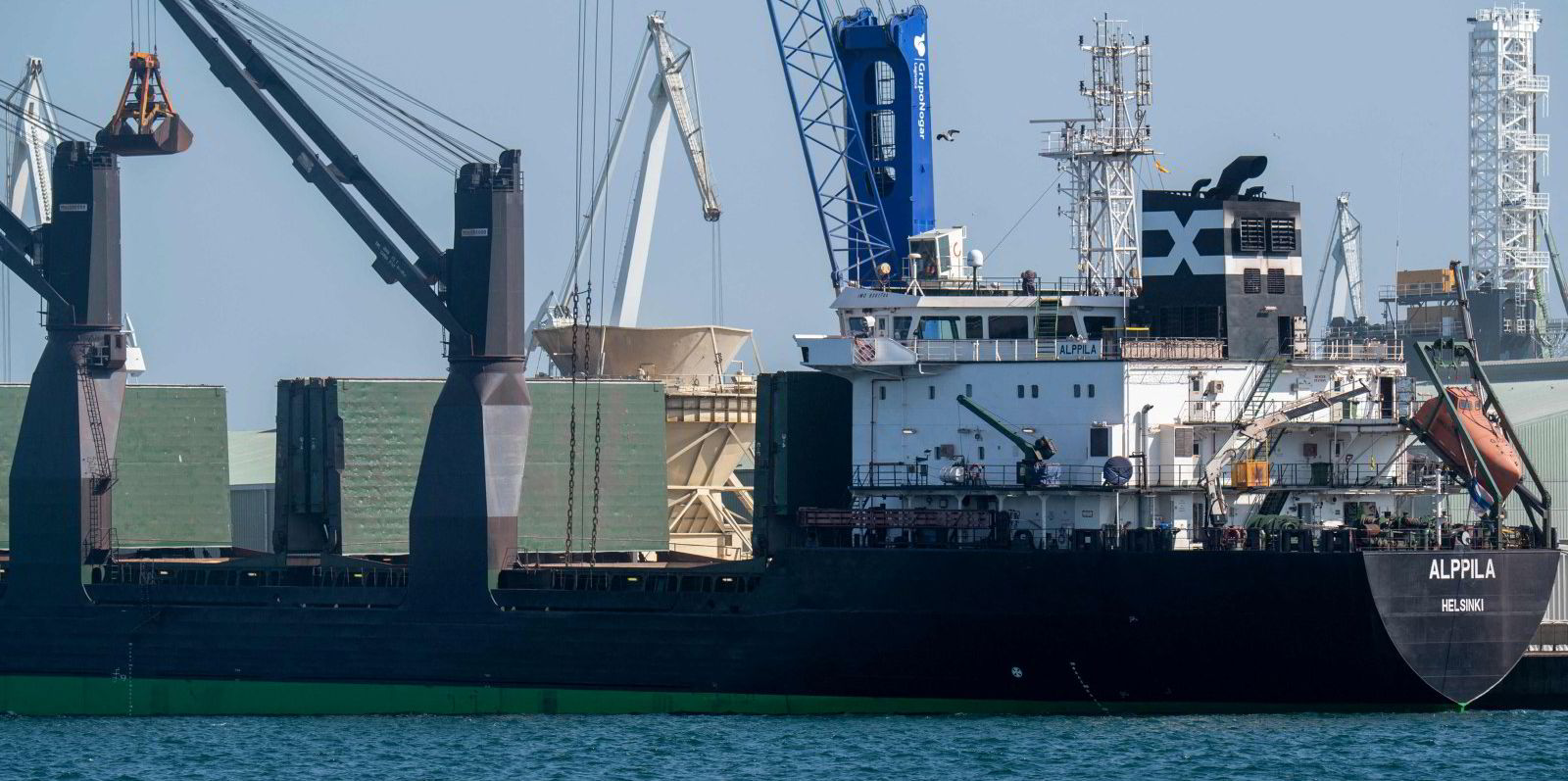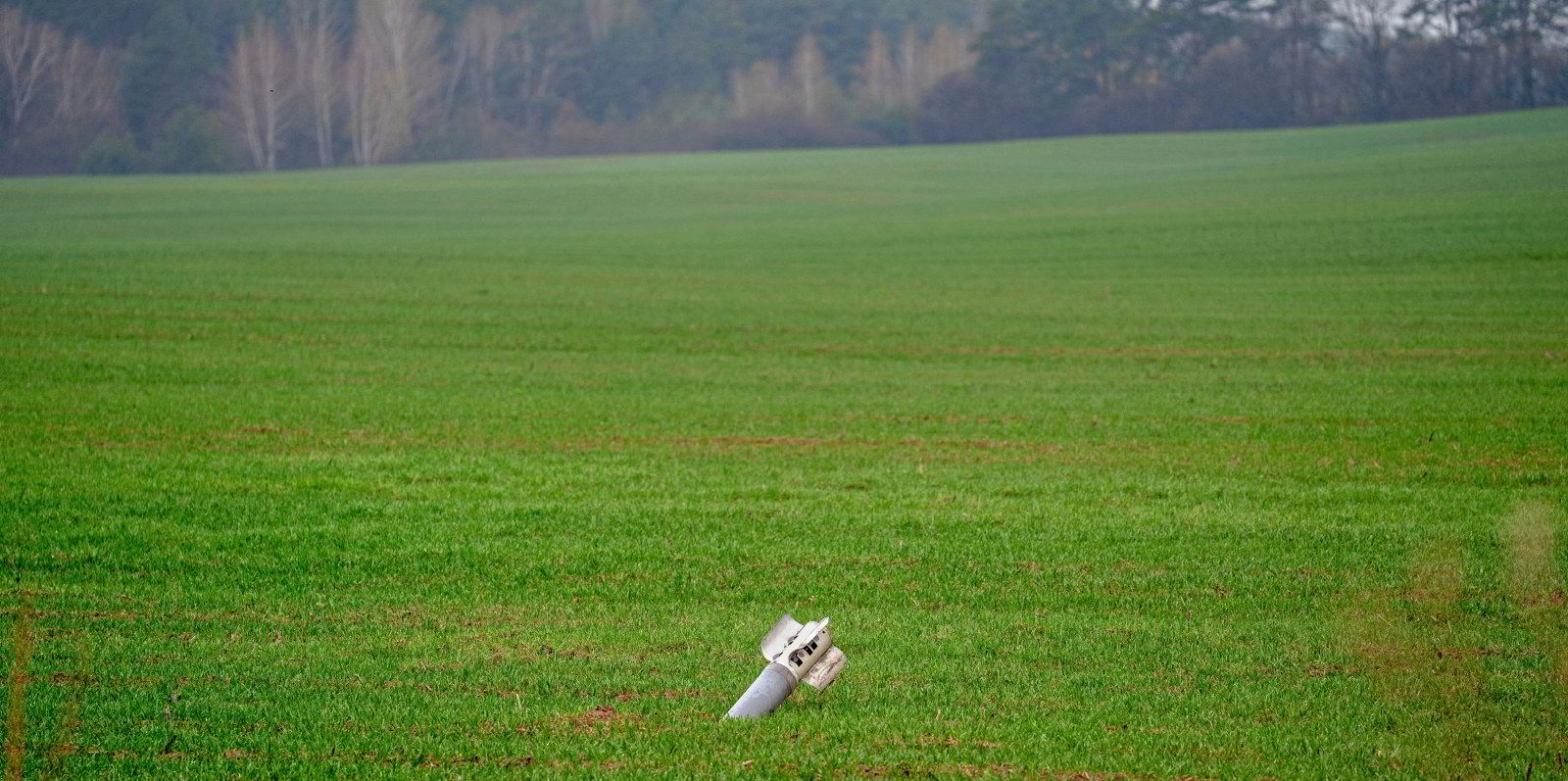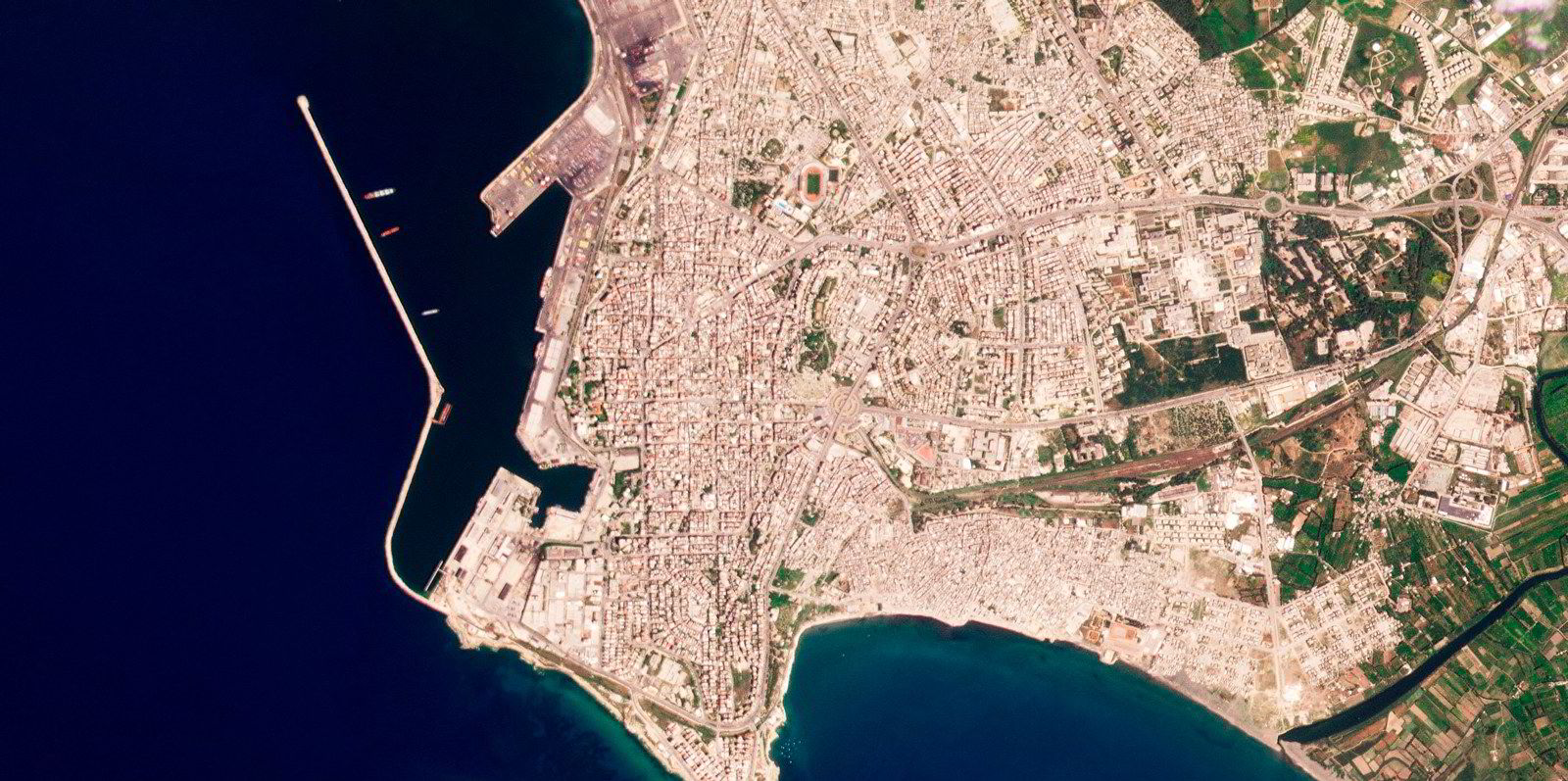An ESL Shipping handysize bulker has delivered the first seaborne grain cargo shipped from Ukraine since the country was brutally invaded by Russia on 24 February.
The Finnish owner’s 20,500-dwt bulk carrier Alppila (built 2011) loaded 18,000 tonnes of Ukrainian corn in a Baltic port and delivered it to the Spanish port of A Coruna on Monday.
Cargo consignee Agafac, a regional animal feed producer, told CNN the voyage was the beginning of a “new maritime route” that aims to avoid Russia’s blockade of Ukraine’s ports on the Black Sea.
Vessel tracking data showed that the Alppila had called at the Polish port of Swinoujscie in late May before calling at two German ports while enroute to A Coruna.
ESL Shipping’s managing director Mikki Koskinen told TradeWinds: "We were positively surprised when we learned our cargo from Poland to Spain was said to be the first using this new export route for Ukrainian grain. Great we can asssist Ukraine in this important campaign."
He added that the company had a suitable position available, and after discharging, the ship will lift one of the company’s usual northbound raw material cargoes back to Scandinavia.
“We hope to see more similar cargoes going forward. Time will tell,” Koskinen said.
Spain’s Agafac said: “This is only a small amount of corn, but it restores the ability to import from Ukraine.”
Agafac typically imports 40% of its grain from Ukraine between January and June each year, which is part of the total 1m tons it imports for livestock feed annually.
Russia’s blockade of Ukraine’s ports has prevented one of the world’s largest grain producers from exporting its crops. This had led to widespread shortages, record high prices, and has prompted fears that famine conditions may occur in developing countries if the situation continues.
Numerous attempts to negotiate an end to the blockade with Russian president Vladimir Putin to ward off a global food crisis have so far fallen on deaf ears.
Russia wants sanctioned eased
Russia is insisting that sanctions be lifted before it considers easing its blockade.
The successful conclusion of the Alppila’s voyage has proven the viability of the back door method of transporting Ukraine’s grain by truck to Baltic ports for transhipment.
Moving the grain by train is more difficult as Ukraine's broad gauge railway network is not compatible with Europe's standard gauge railway network
However, commodities traders claim that this method is unlikely to provide Ukraine with anything close to its previous export capacity.
On Sunday, Ukraine’s deputy foreign minister and chief digital transformation officer Dmytro Senik told Reuters that Ukraine had identified alternate routes to export its grain.
The country was attempting to establish new routes with Romania, Poland and the Baltic states to facilitate the export of 22m tons of grain stuck in Ukrainian ports, Senik said.
Ukraine's cabinet of ministers said negotiations were also underway with the Baltic countries to create a third corridor for food exports.
The foreign ministry noted that the routes are not ideal, but Ukraine is doing everything possible to develop them.
Grain is transported to Poland mostly by trucks. And the export of grain through Romania means transportation by rail to ports on the Danube River and loading of goods onto barges for shipment to the port of Constanta.
All of this is a complex and costly process.
In May Russia was widely reported as having begun exporting Ukrainian grains from the captured port of Berdyansk. Shipped on Russian-controlled vessels, the grain was said to be destined for Syria.
In response, the Ukrainian government accused Russia of stealing its grain.






